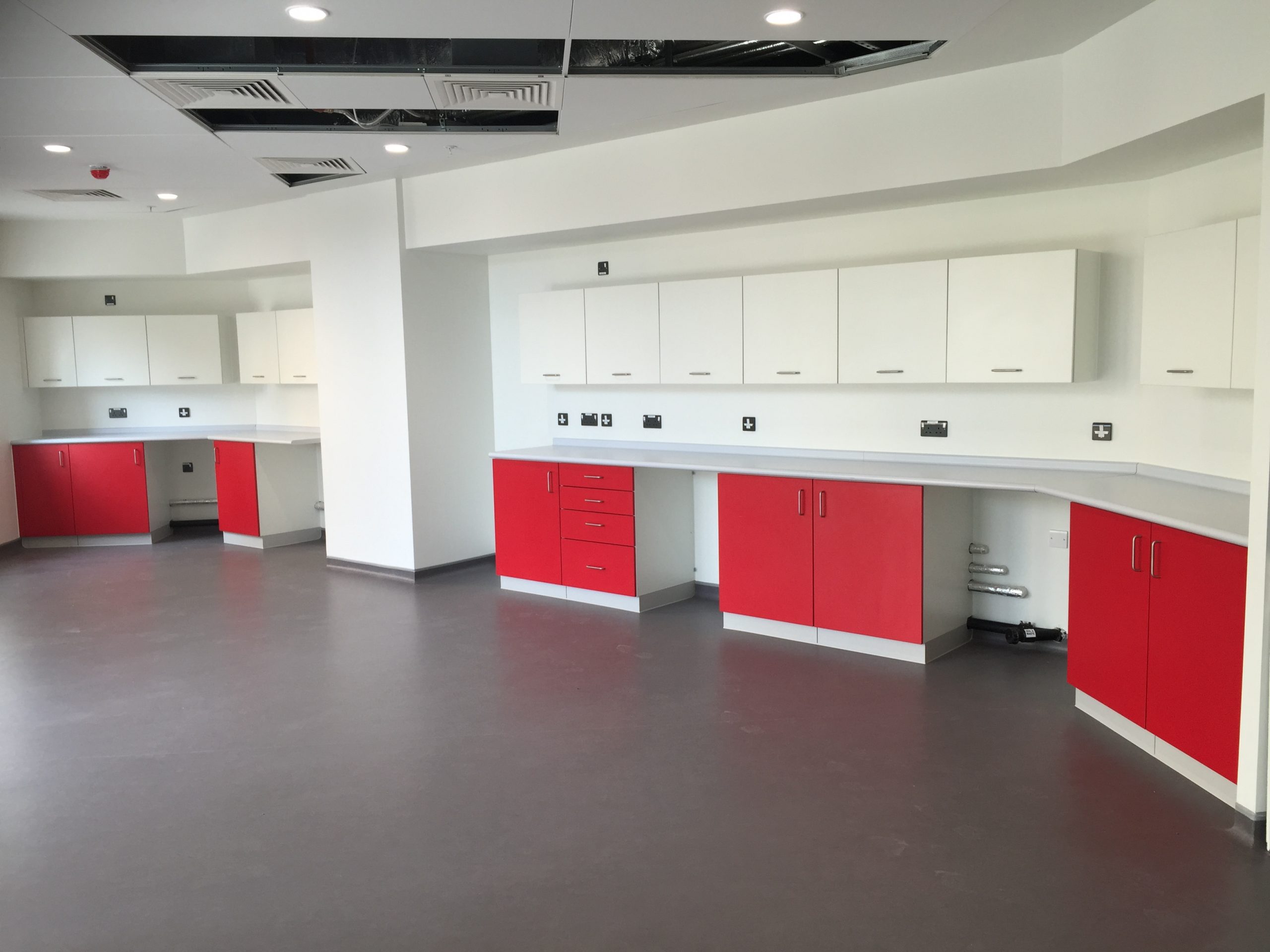The Grenfell Tower tragedy shook the UK, highlighting critical safety flaws within the construction industry.…

Why colour makes such a difference to the visual environment in Britain’s hospitals
We have come a long way from the traditional Victorian hospital ward environment with healthcare professionals now acknowledging the need for sympathetic colours, good lighting and friendly surroundings.
Such is the impact of the way a hospital looks, that as long ago as 2004, the BRE and Department of Health produced an extensive report entitled “Lighting and Colour Design for Hospital Environments” to encourage better design and to improve the visual environment in hospitals.
Manufacturers such as David Bailey Furniture, who have supplied specialist furniture products to the healthcare sector for nearly 40 years, have taken this concept on board and now work closely with NHS Trusts to produce units, such as storage cupboards and reception desks, that blend in with modern hospital design.
It has been proven that the quality of the visual environment has a positive effect on a patient’s feeling of well-being and in the case of hospitals and healthcare buildings, it is known that this can also affect staff performance.
According to David Bailey Furniture it is the detail that make all the difference in terms of making the best use of colour and design as illustrated in a state-of-the-art cancer care centre at Guy’s Hospital in London which was fitted out by the company. Units in red, orange, yellow and green were the vibrant colours chosen to decorate the centre to create a feeling of positivity.
It is well known that a well-designed visual environment can be particularly helpful to patients with partial sight. Colour can play a major role in creating accessible environments. Surface textures and choice of materials also provide visual and tactile clues to help people with poor vision. In such cases colour contrast can identify obstacles and hardware that might otherwise prove difficult to negotiate.
In recognition of the role that colour plays David Bailey Furniture now have the most extensive colour palette of any manufacturer. The company says that hospitals and healthcare centres can literally have any colour or shade they want to blend in with any ward or public area.
NHS managers have welcomed this development and are prepared to work more closely with leading manufacturers to ensure the delivery of modern solutions to meet the needs of hospitals in the 21st century while at all times delivering maximum value for money.
As well as the use of good colour fixed storage units are now fitted with sloping tops to ensure dust is unable to build up and any surfaces can be easily wiped clean. Serious consideration is also given to ensuring that there are no sharp corners or edges where less mobile patients might be injured as a result of a fall.
There is no doubt that hospitals are striving to be more welcoming, but that is difficult when you have wards and other essential rooms using furniture sourced over many years when compared to recently built health facilities featuring individual rooms, or four-bed rooms with en-suite facilities.
These changes also come with a massive challenge. In 2018/19, it was estimated that the NHS encountered 564 million patients across all of its services (GPs, community services, mental health services, hospitals, NHS 111 and ambulance services), with 1.4 million hospital admissions. As well as providing essential beds it also means that the rest of the infrastructure such as good storage, also has to be in place.
It means that change is happening in the healthcare furniture market, but which factors are influential in the selection process? Colour is a major consideration but when everything else is stripped away it all gets back to one main priority according to the NHS – cleanliness and infection control.
Healthcare Associated Infections (HCAI) are a major priority and we can see that infection control practitioners are playing an increasingly active role in terms of influencing those involved in the procurement of furniture for hospital environments.
This is particularly important at a time when hospitals expect wards to be more flexible than ever before with the ability to adapt – sometimes in just a few hours – to the rapidly changing needs of patient demands.
Just one reason perhaps why colour is probably more important than ever when thinking of patients’ needs and staff welfare.








